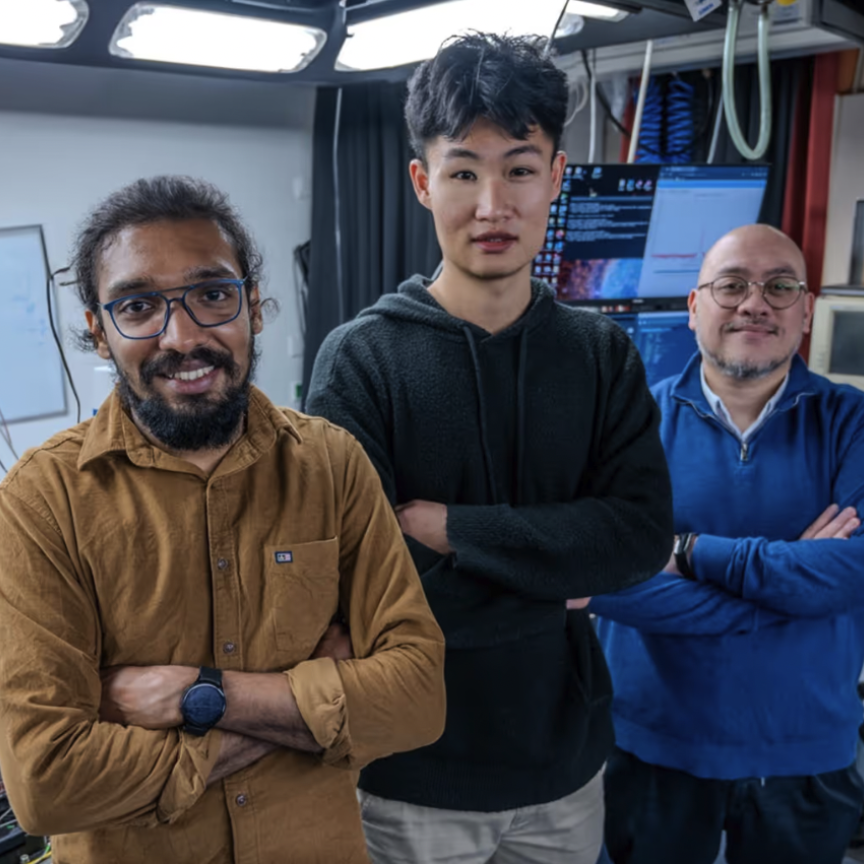Flir has developed Superframing to avoid the problem of infrared camera saturation where image details are lost and temperature measurements become invalid.
Infrared camera saturation is where an object or scene’s temperature is beyond the range the camera is set to or at its upper end, leading to the areas of the object or scene, which are at lower temperature, being obscured. This can be particularly acute with mid wave infrared (MWIR) cameras.
To overcome this, Superframing is where single pictures are combined into one to create an image more detailed than anyone picture could be. Each picture will have been taken with a different exposure time. In IR cameras exposure time is related to the smallest temperature difference a camera can detect. The longer the exposure the greater the sensitivity, but high temperature areas can overwhelm the image. To avoid this problem Flir carries out Superframing by taking a number of images of a scene with progressively shorter exposure times in rapid succession.
Flir has demonstrated this technology by taking two images of a Hawker Beechcraft King Air aircraft at 2 milliseconds and 30 microseconds. The images were taken with a Flir SC7000, a MWIR camera system, running at 170 frames per second at the full frame size of 640 x 512 pixels. The two images are separated by about a 40 millisecond interval, which means even the propeller movement is barely perceptible. The outcome is a picture that has far more temperature detail than with a single image.

